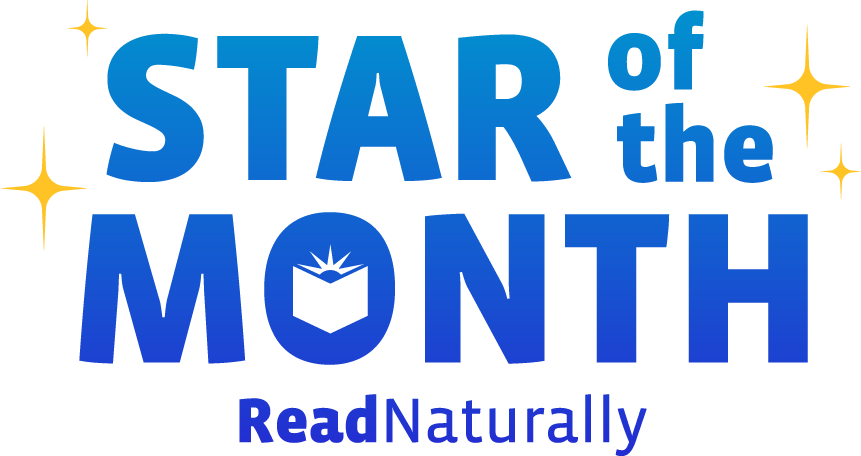Congratulations to Leyla, our December Star of the Month! Leyla is an 11th grader at Rock Brook School in Skillman, New Jersey, who has used Read Naturally's GATE program to transform from a non-reader into a reader! Here is what her teacher, Ms. Rina, shared about her:
Read more Are your students inexplicably saying the numbers 6 and 7 all day? Whether they’re 6 or 7 years old, in 6th or 7th grade, or 67, Read Naturally has appropriate content for them!
Read more Regardless of where kids are on their reading journey, there are countless ways to keep them reading all winter long. Here are some easy ideas for kids to try at home or for teachers to incorporate into the classroom. The free printables in this post will also make a great packet to send home over winter break!
Read more Children around the country will be asked the same question several times this week: What are you thankful for? While some children will take the time to pause and give a thoughtful answer, many will just answer the question quickly (“I’m thankful for my family and friends”) without taking the time to consider the meaning of what they’re saying. In fact, many adults will do the same thing.
Read more Congrats to Jayleigh, our November Star of the Month! Jayleigh is a 4th grader at Foster Dual Language School in Arvada, CO who has made exceptional gains in just a short time using Read Naturally! Here is what her teacher, Ms. Huebner, wrote about her:
Read more We've arrived at the season of giving thanks--but shouldn't that be every season? Research shows that grateful people are happier and healthier. Here are 13 easy ways to cultivate gratitude in your classroom all year long. Click on the links to download free printables!
Read more Be among the first to receive a new resource we are truly thrilled to introduce: Comprehension Builder! Teachers everywhere asked, and we listened. They asked for a program to teach comprehension skills to all students. They asked for something engaging, flexible, and easy to implement. Most of all, they asked for something that would teach this essential skill effectively, so their students could finally experience what reading is all about. We can confidently say Comprehension Builder delivers all of this and more–and we can't wait for you to get your hands on it.
Read more Claire Ihnot Hayes is an Educational Consultant for Read Naturally who meets with educators nationwide to train them in Read Naturally programs. One of the most frequent questions Claire receives from educators is, “How can I adapt Read Naturally programs to meet the various needs of my students?” Older students, younger students, and ELL students have different needs and thus require different adjustments. We recently sat down with Claire to document her favorite tips for adapting Read Naturally Live to optimize success for a diverse body of students. These tips work for Encore students as well.
Read more We’re excited to announce the release of Dr. Jan Hasbrouck’s Quick Phonics Screener (QPS) 4th Edition , the trusted tool for quickly assessing students’ phonics and decoding skills. The latest version keeps everything educators love about QPS and adds new features to make...
Read more Every year around this time, we like to remind teachers of the importance of checking their students’ initial Read Naturally placement. After the student completes three to six stories, you have more specific data about how they are performing in both fluency and comprehension. This is the point at which you should check initial placement to see whether adjustments to the initial level and goal are needed.
Read more  Share your student’s success story—nominate him or her for our Star of the Month award. Win a Barnes & Noble gift card for the student and a Read Naturally gift certificate for your class!
Share your student’s success story—nominate him or her for our Star of the Month award. Win a Barnes & Noble gift card for the student and a Read Naturally gift certificate for your class!